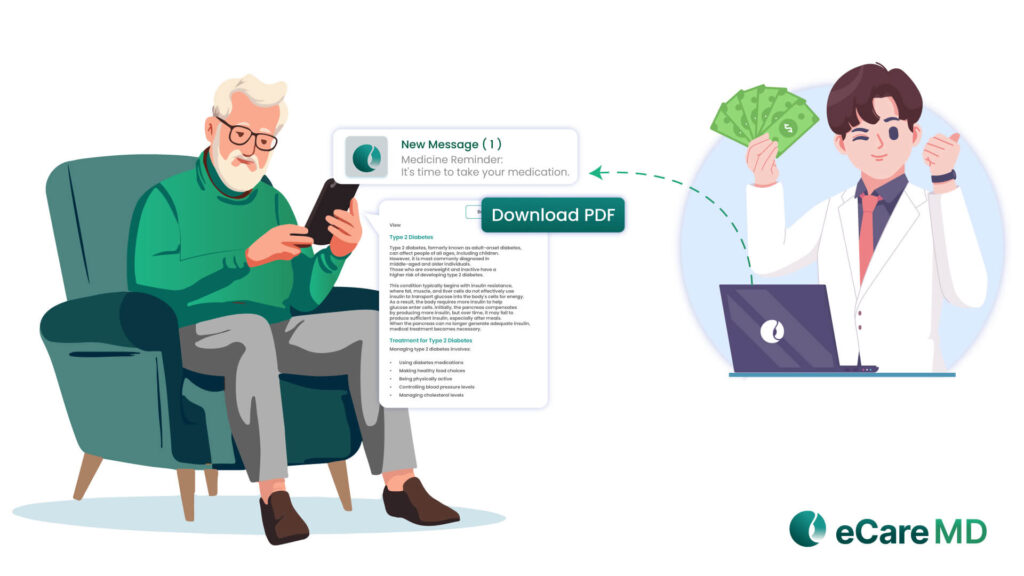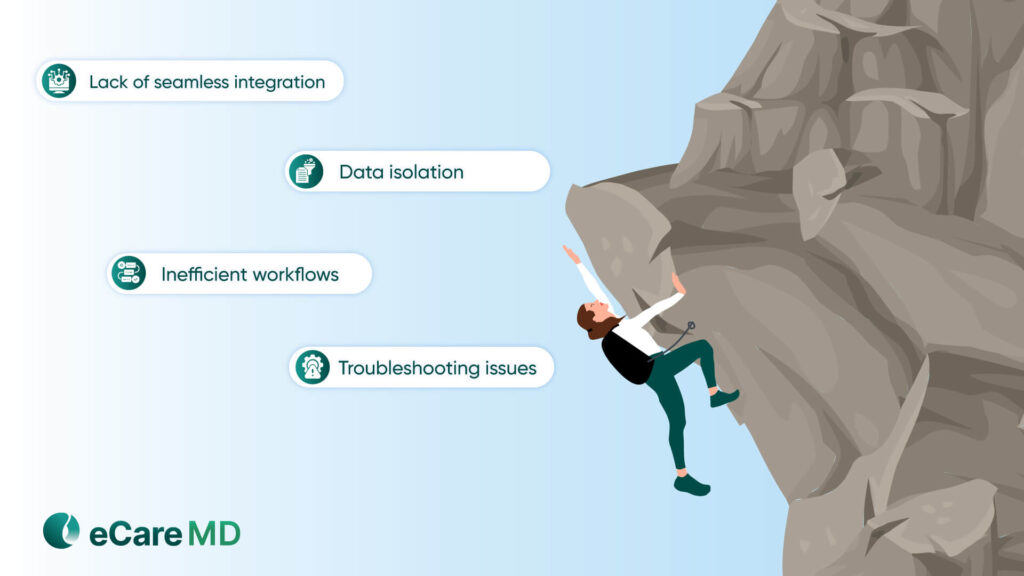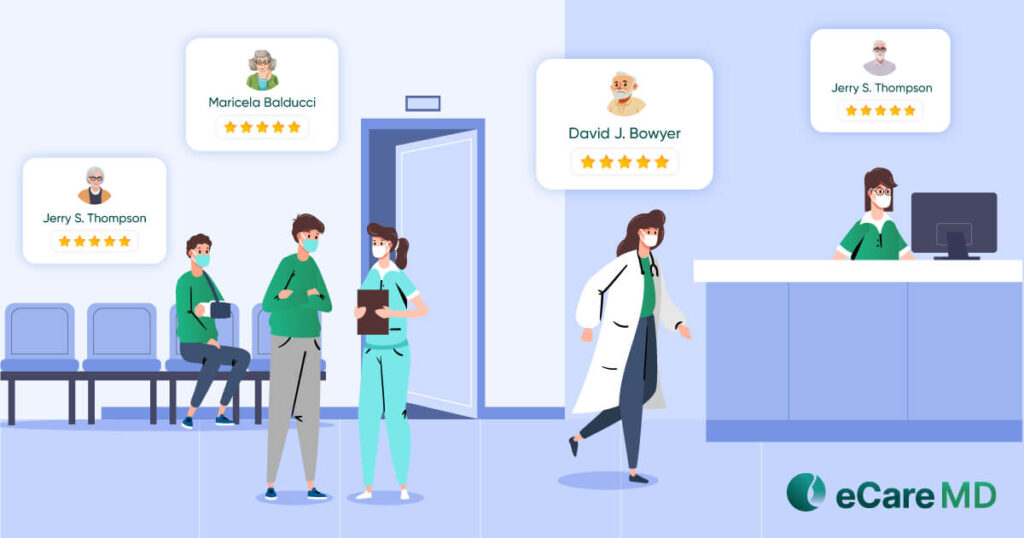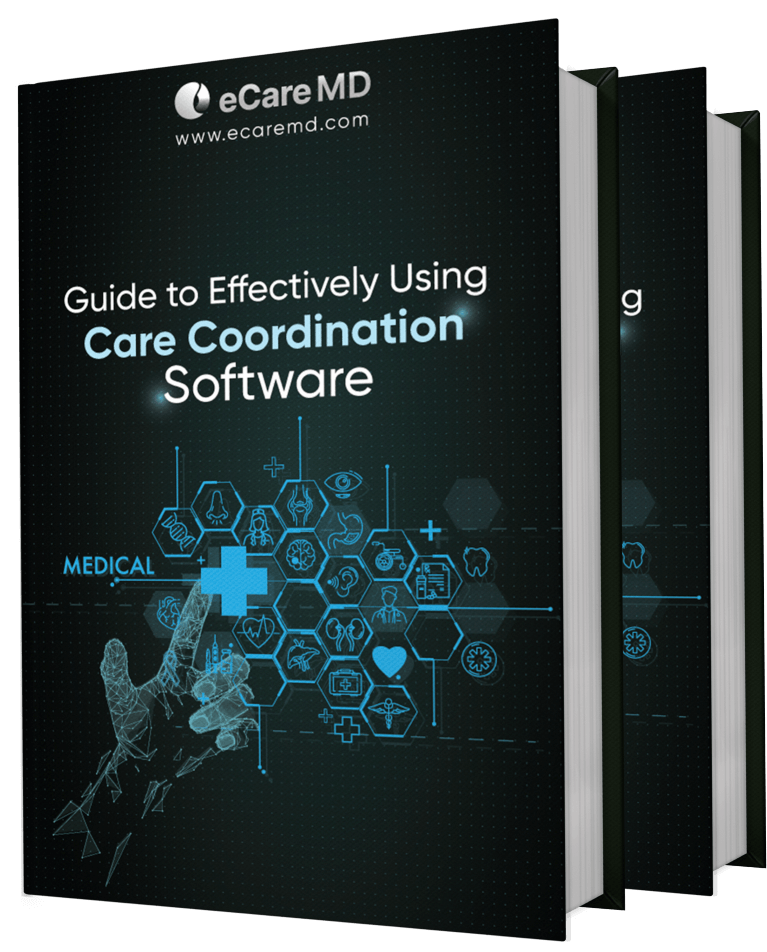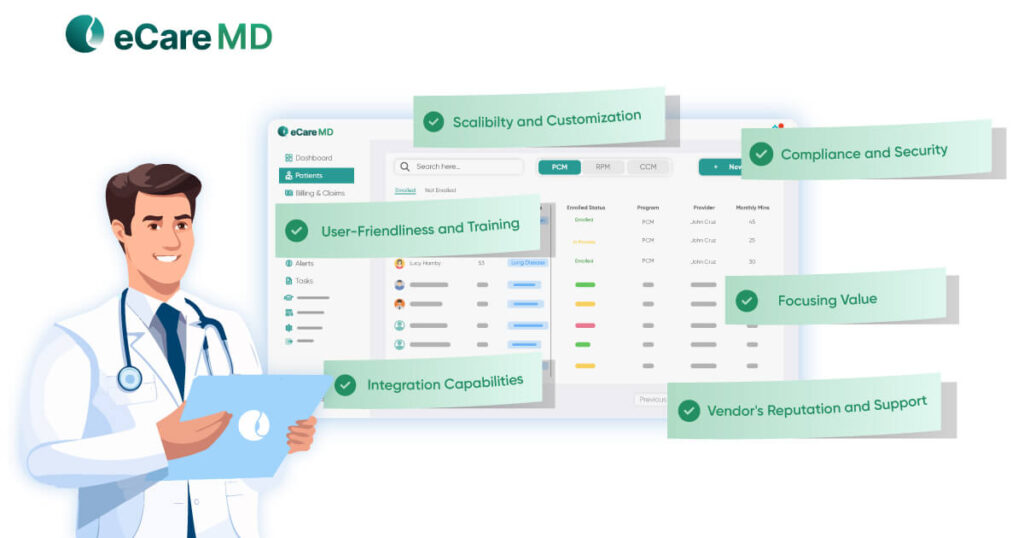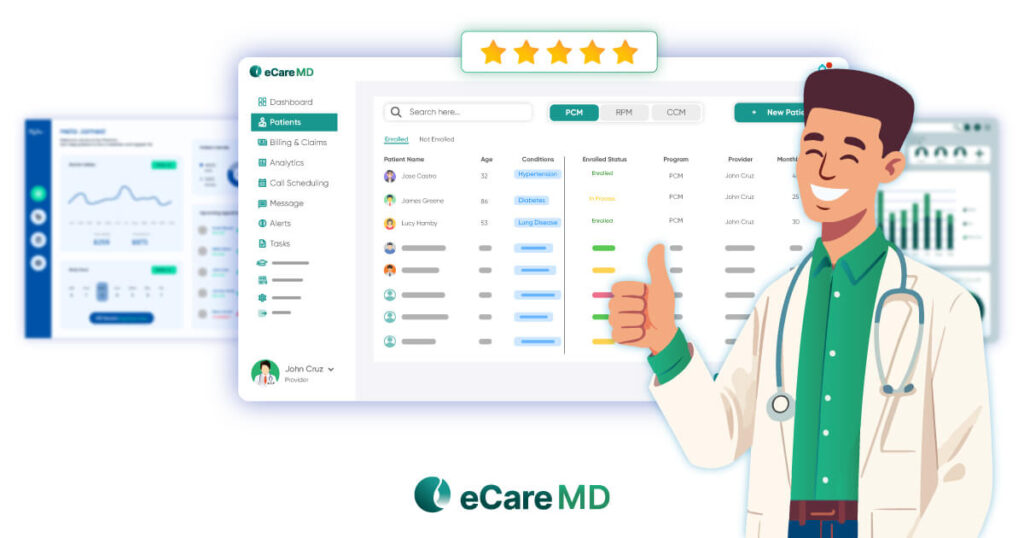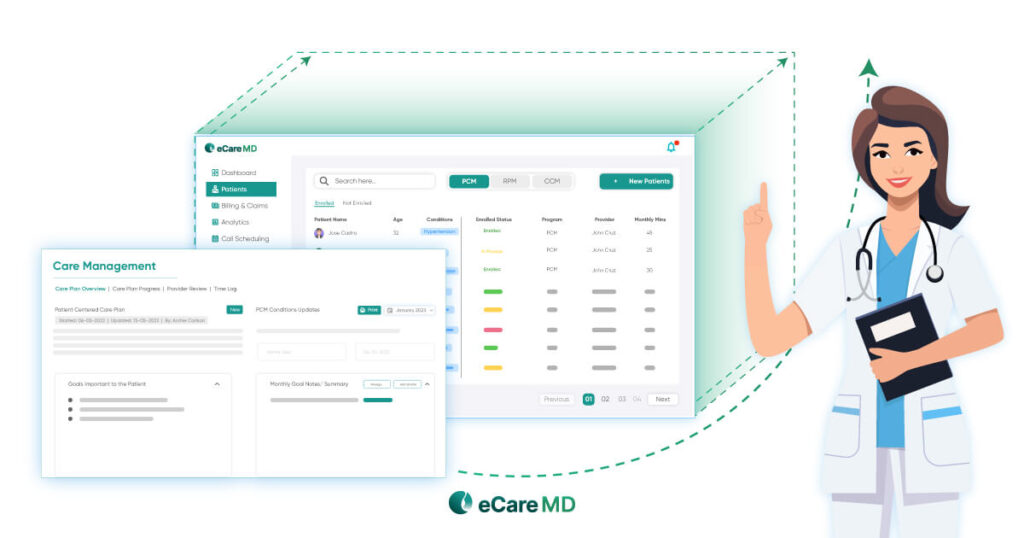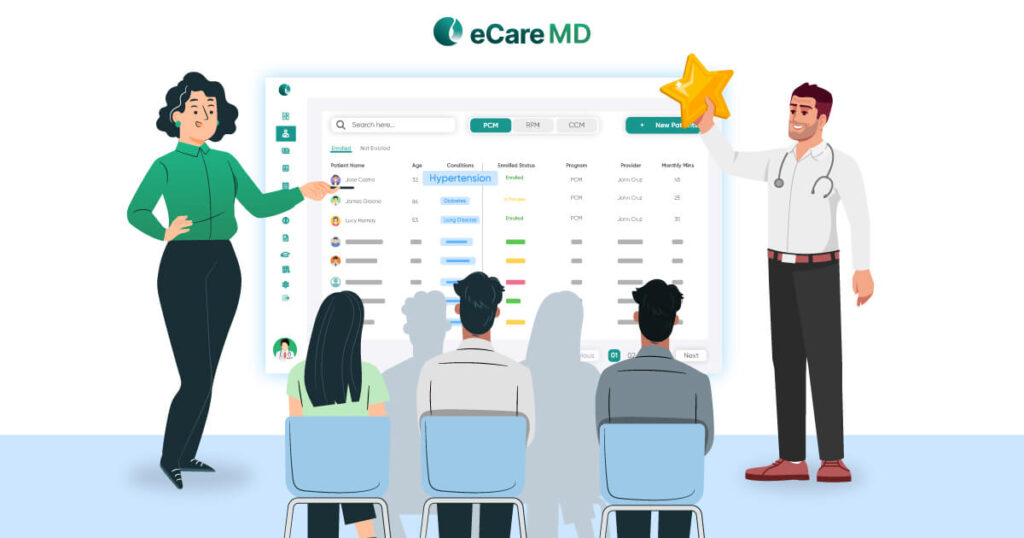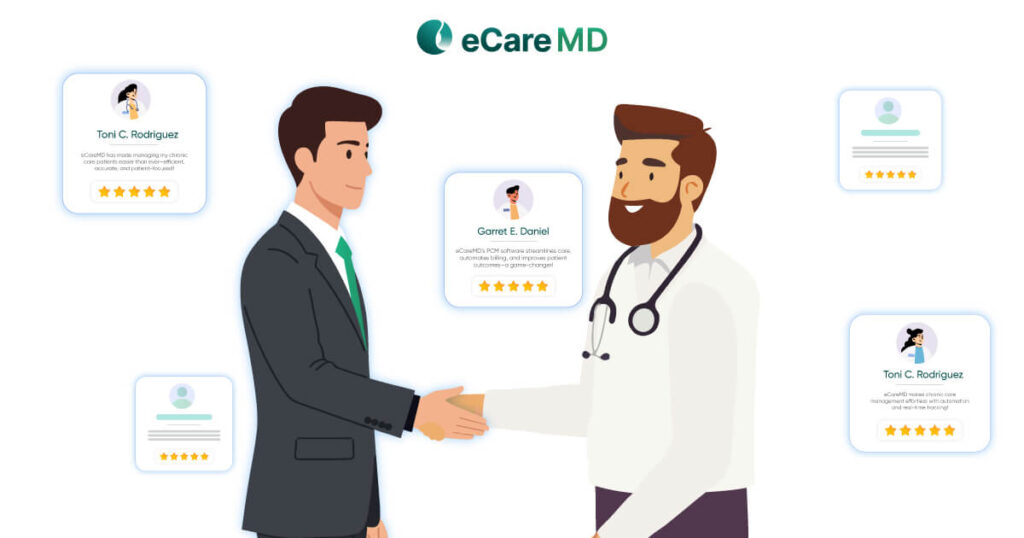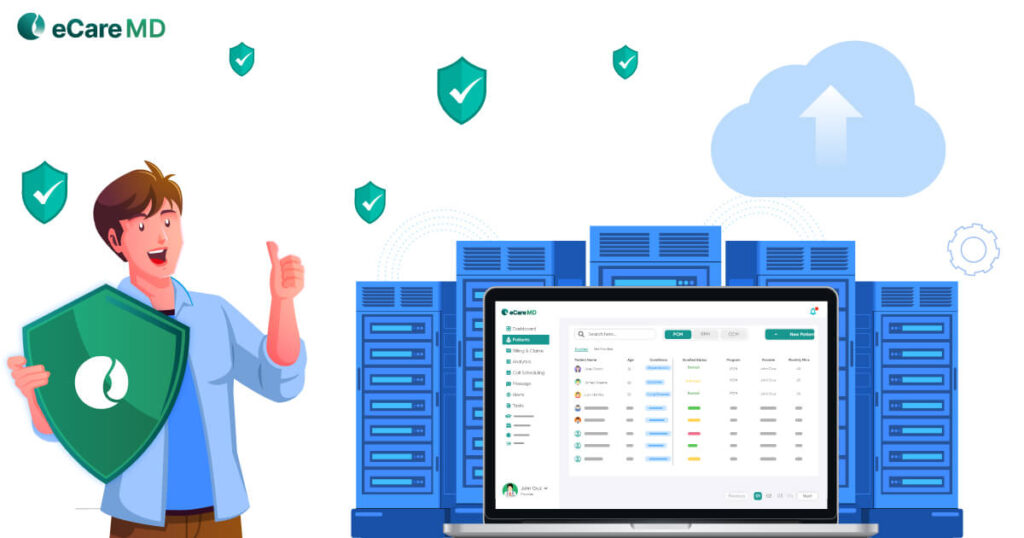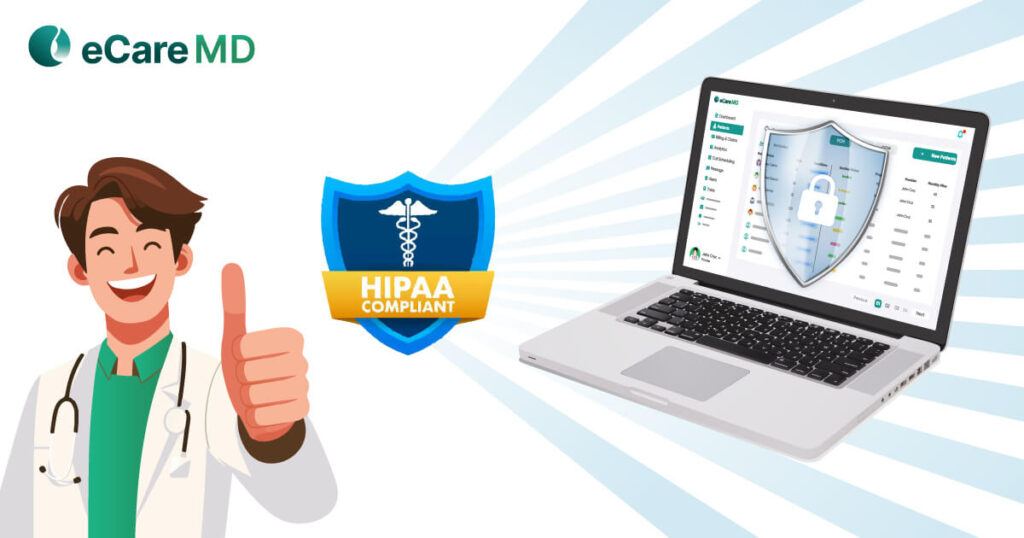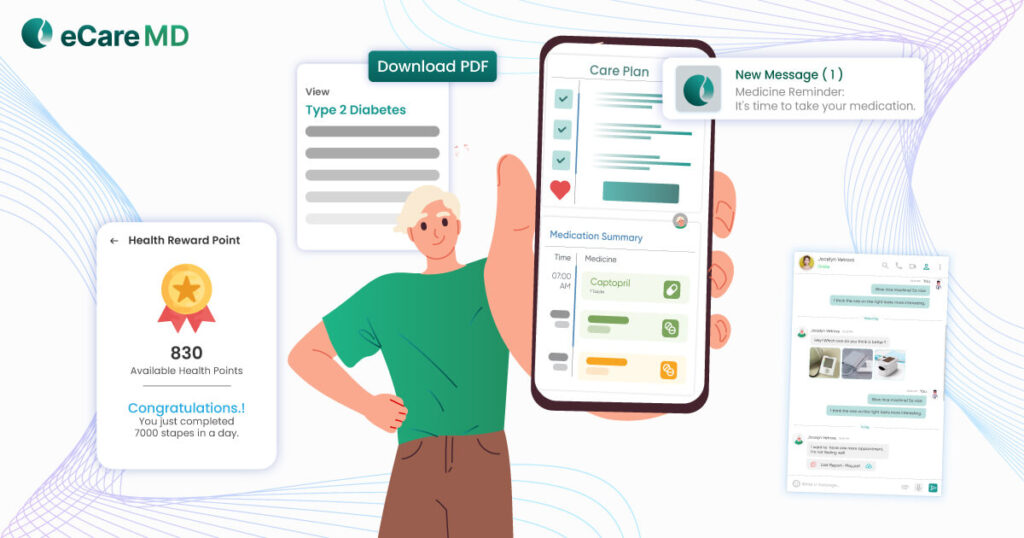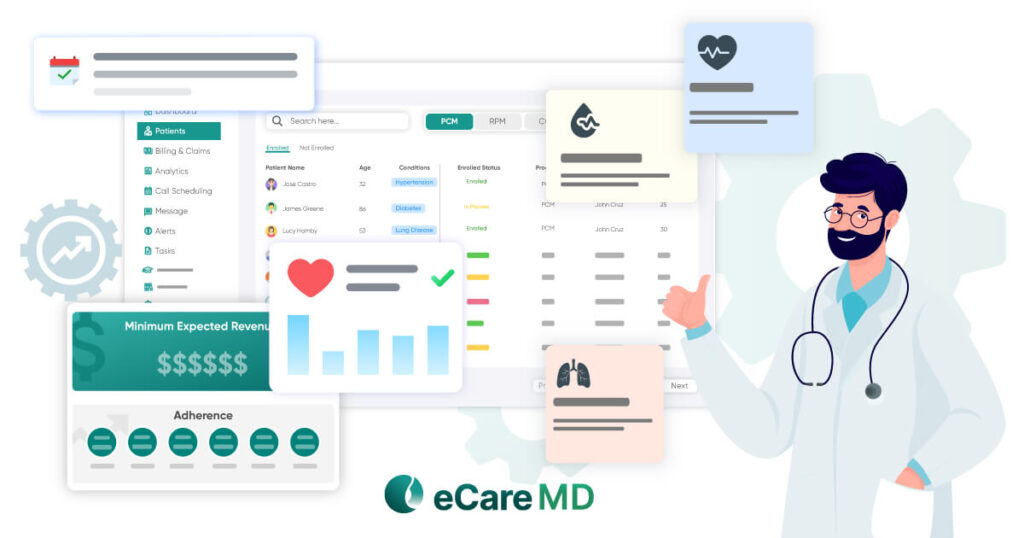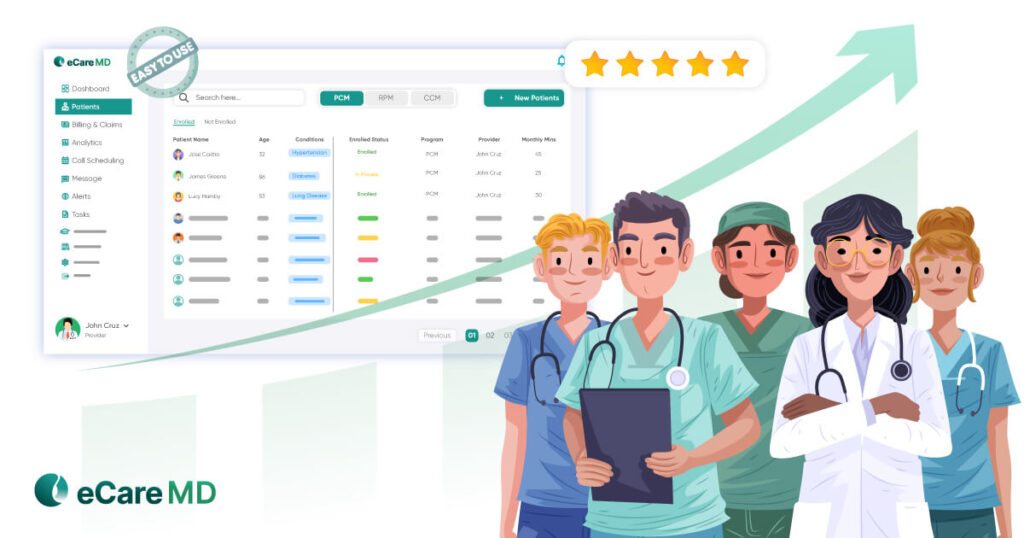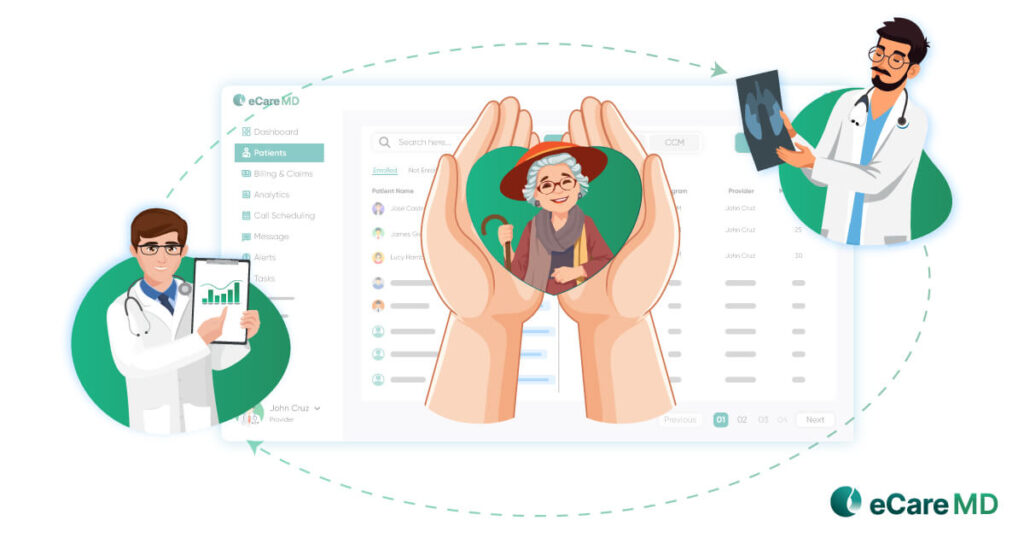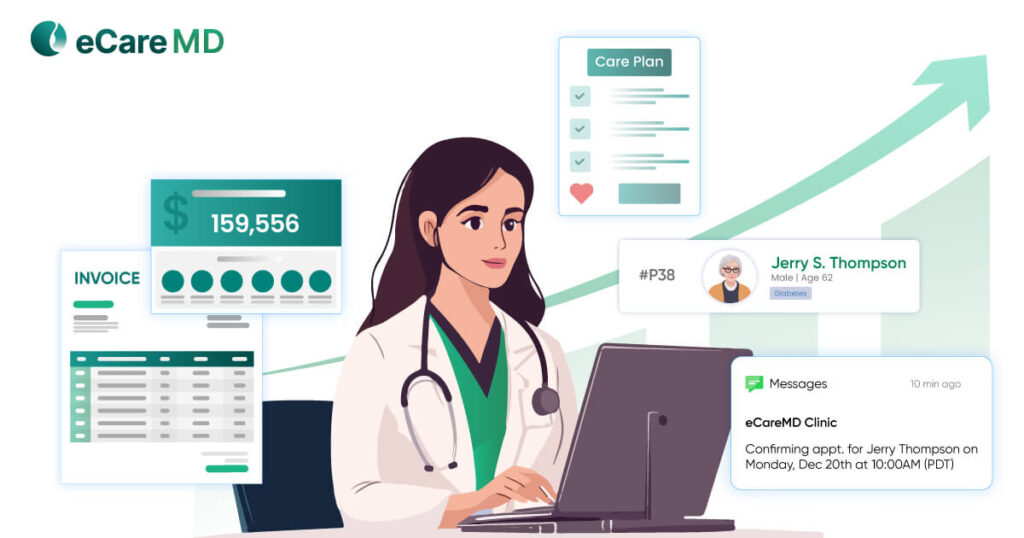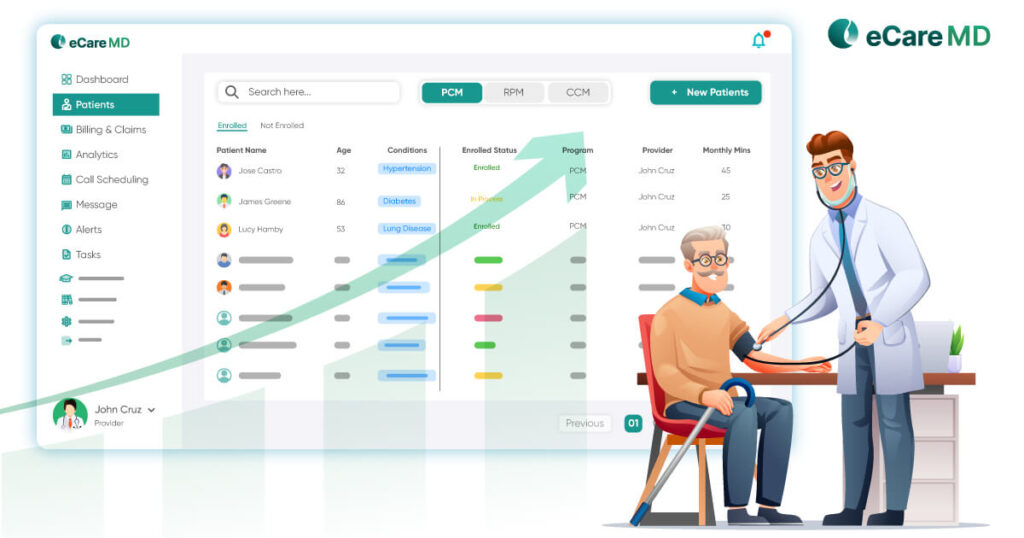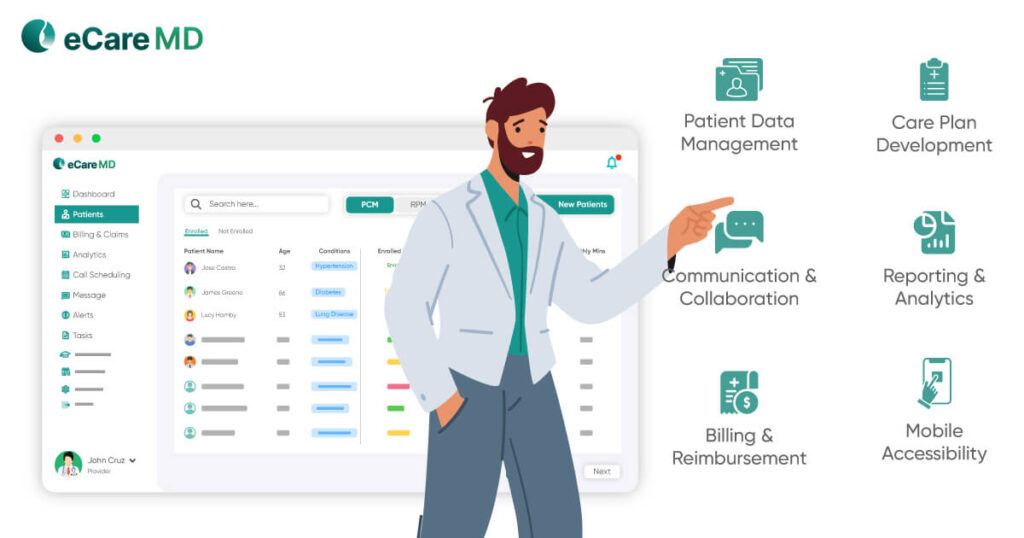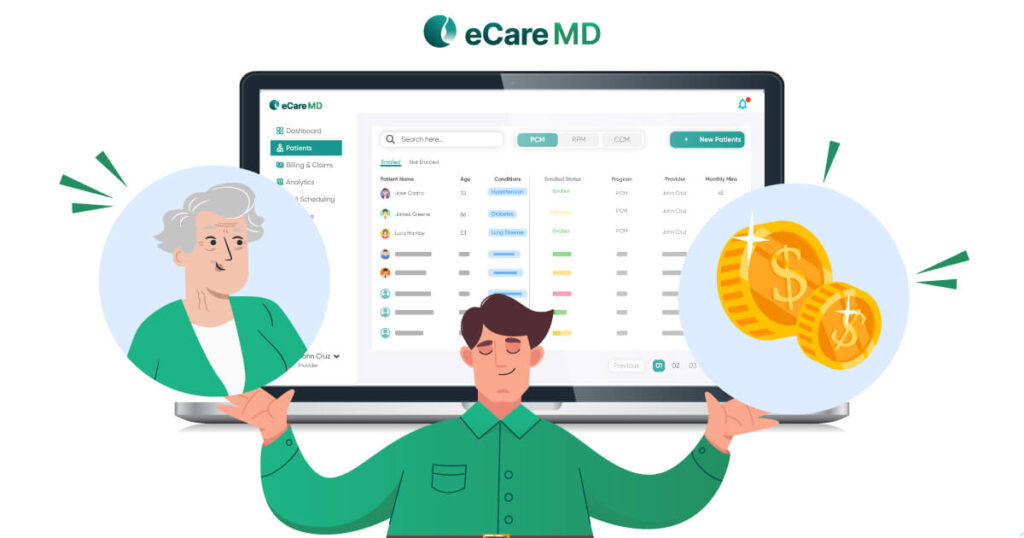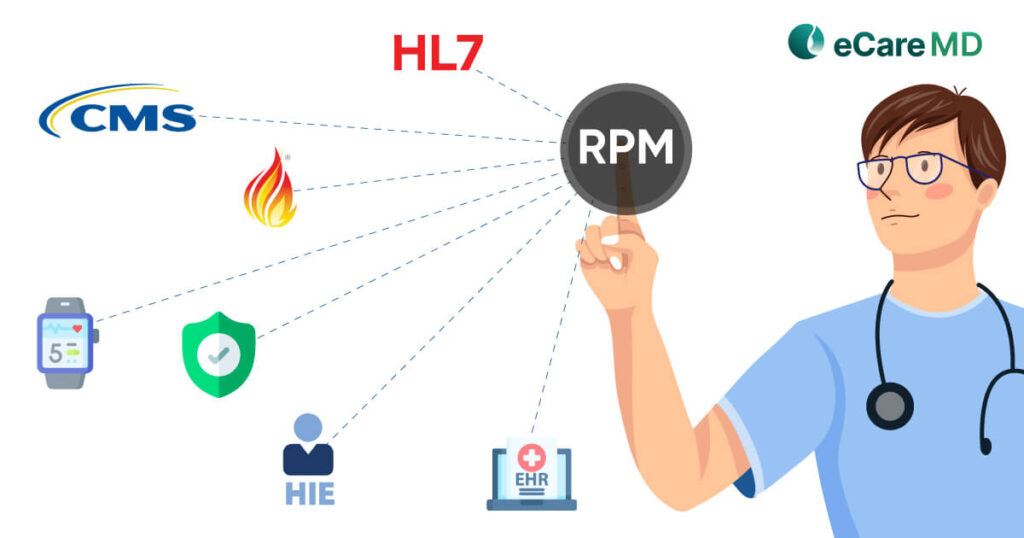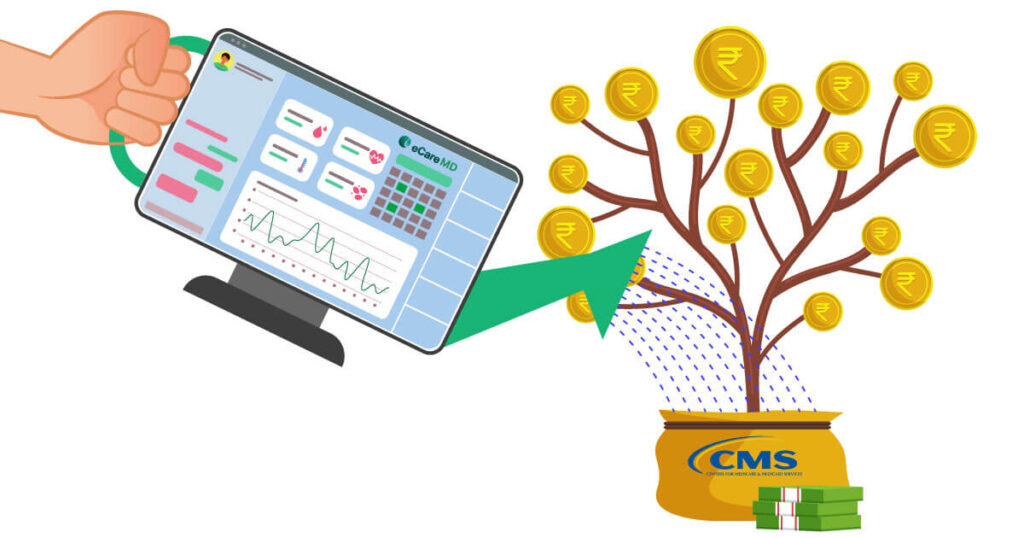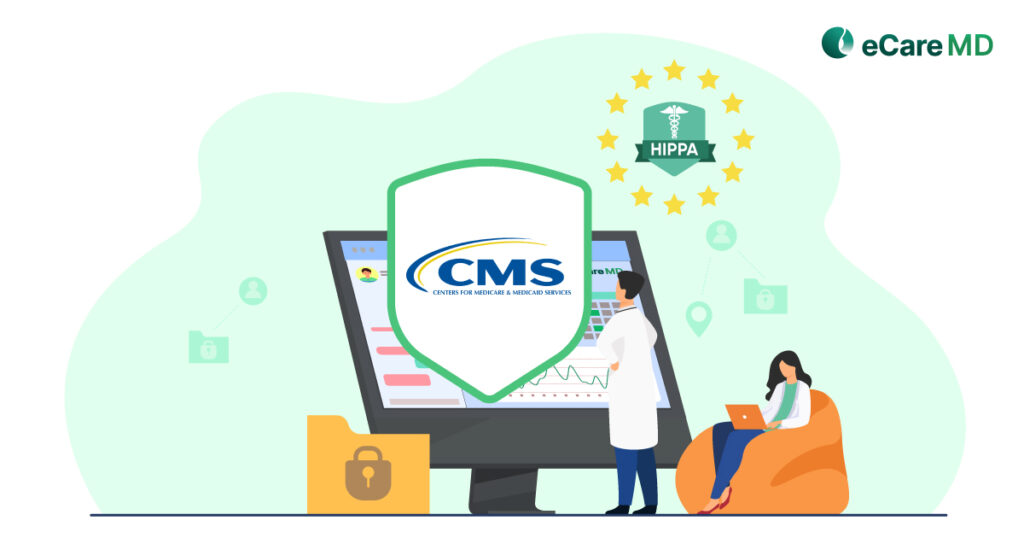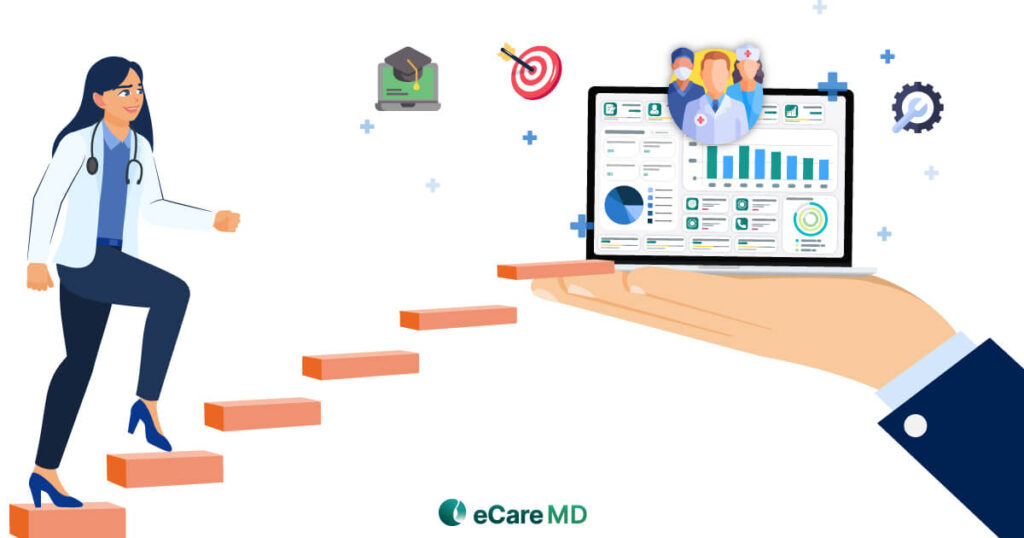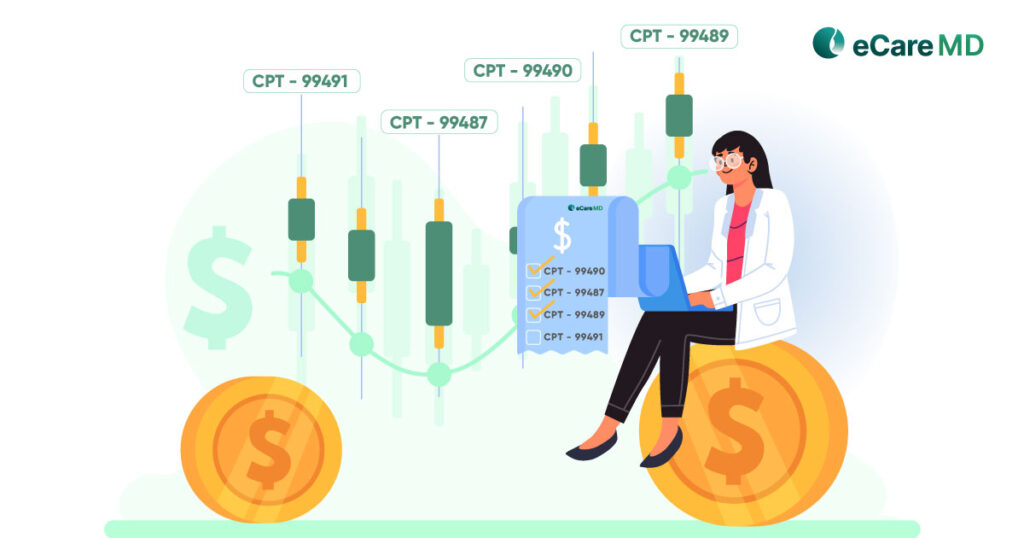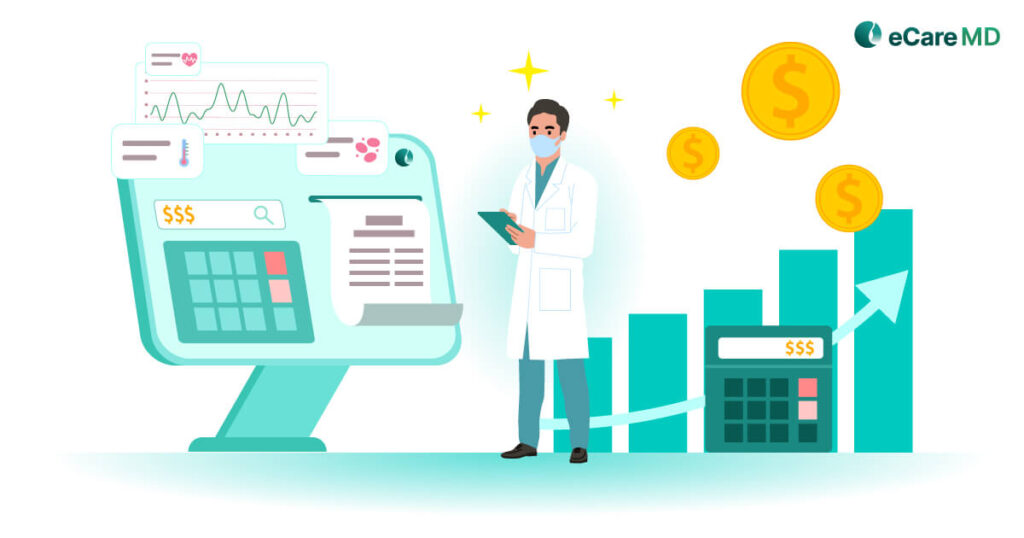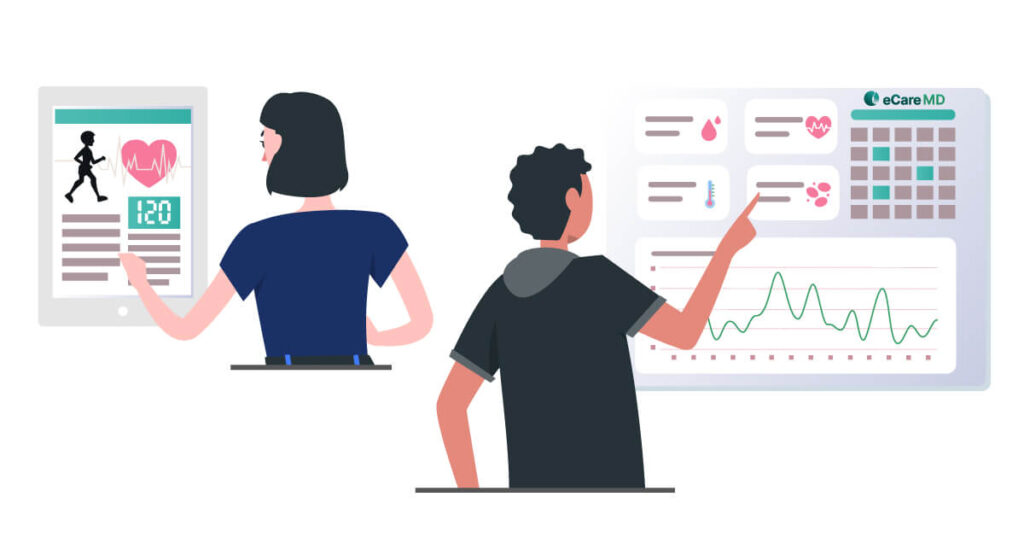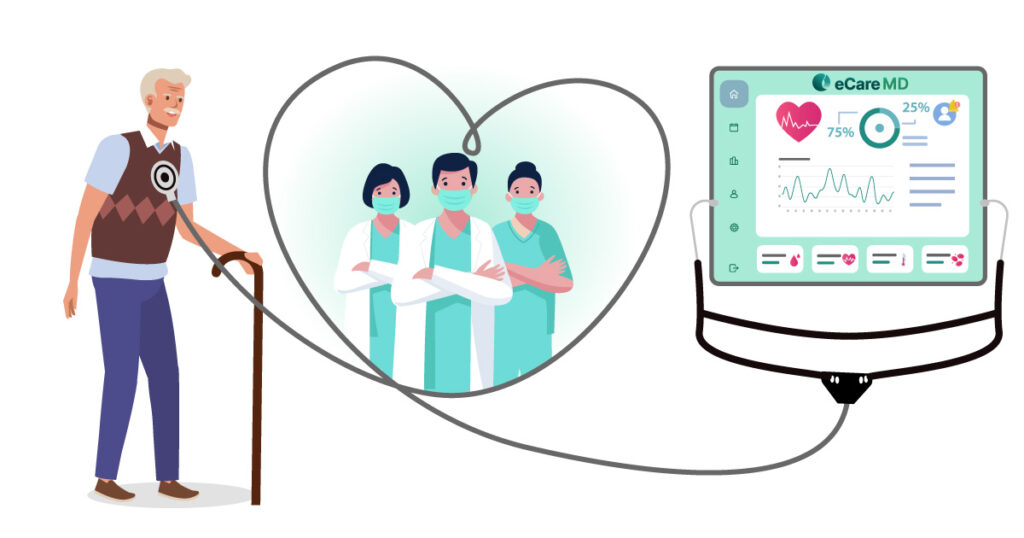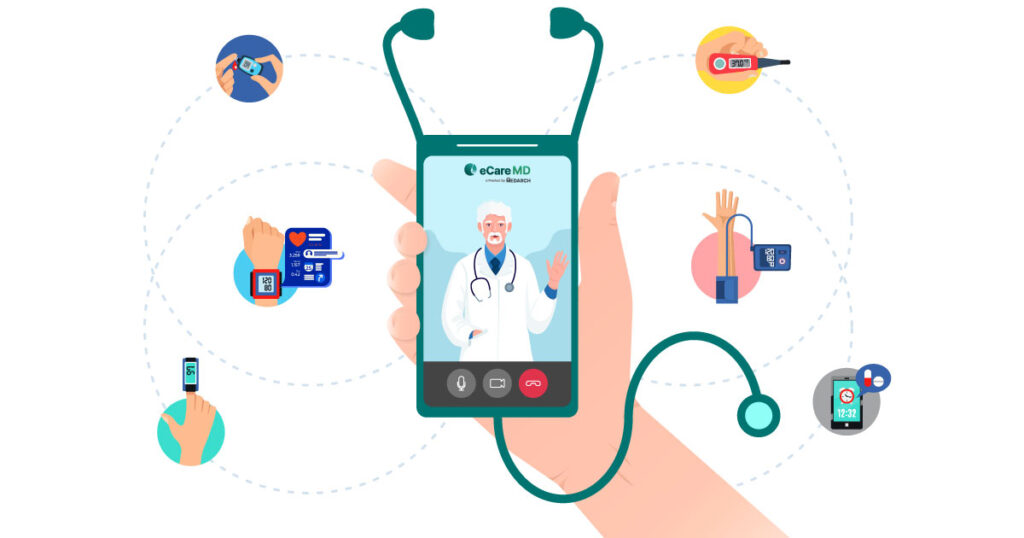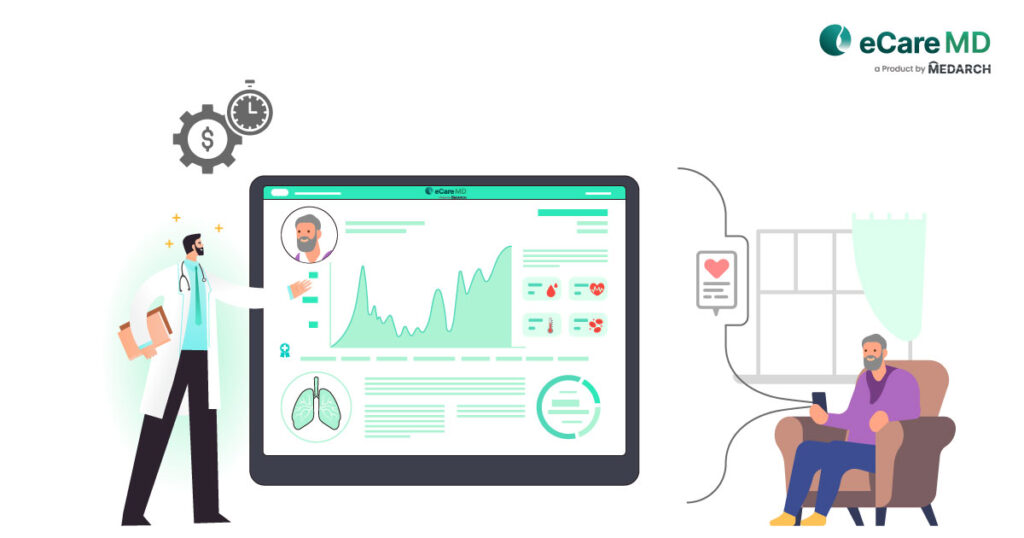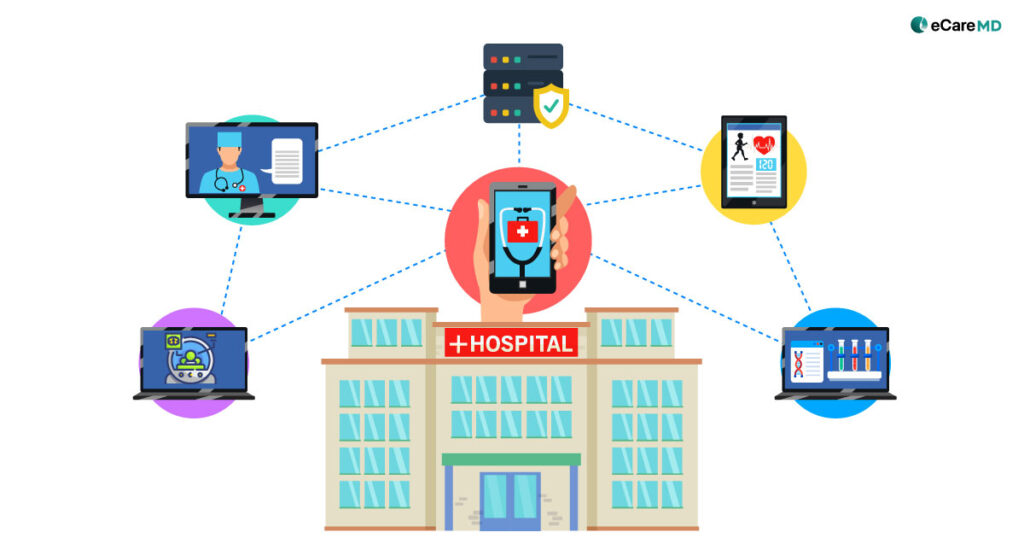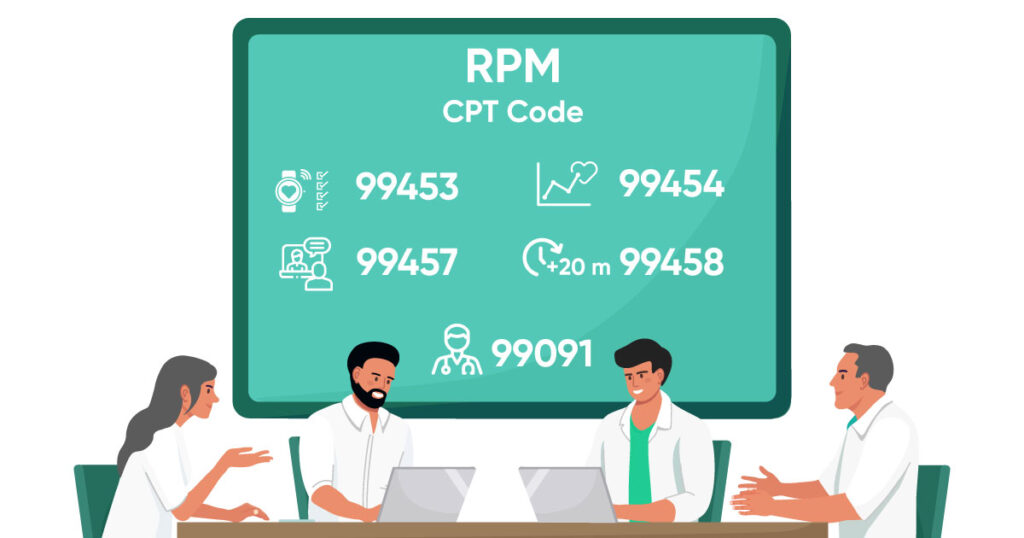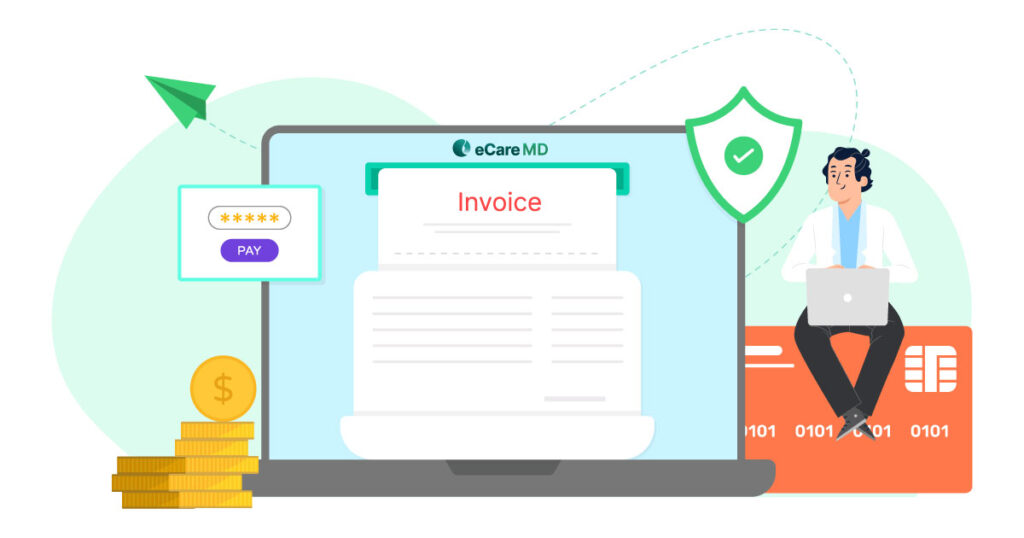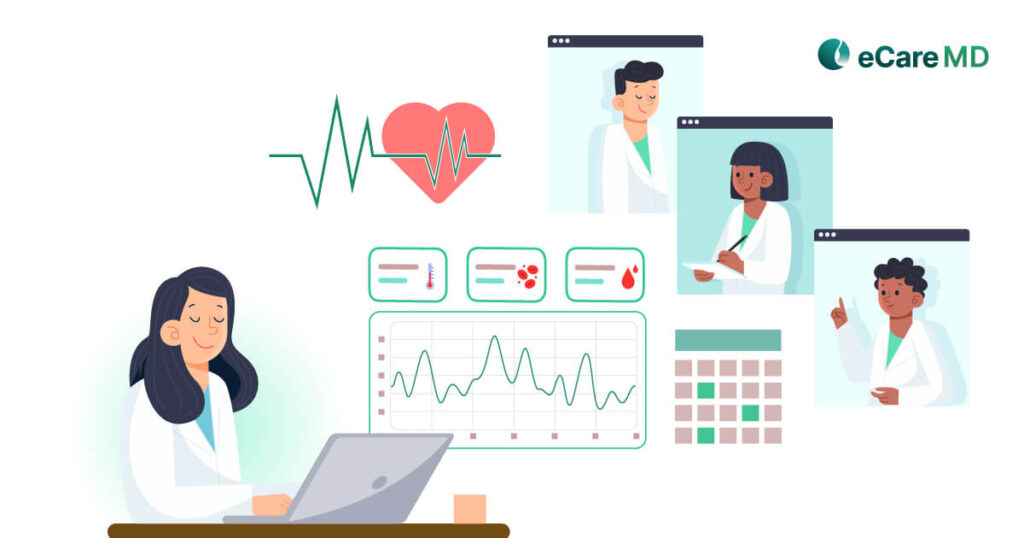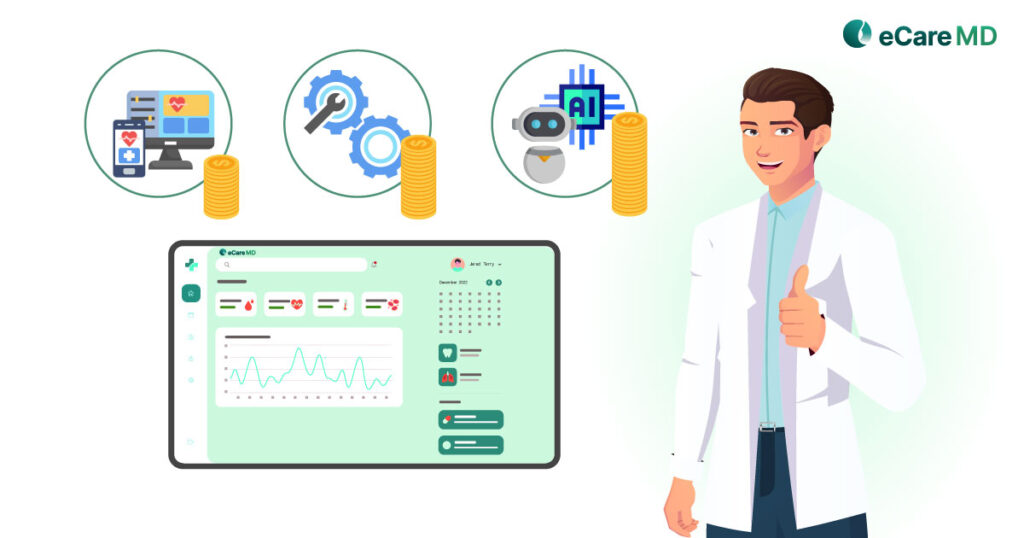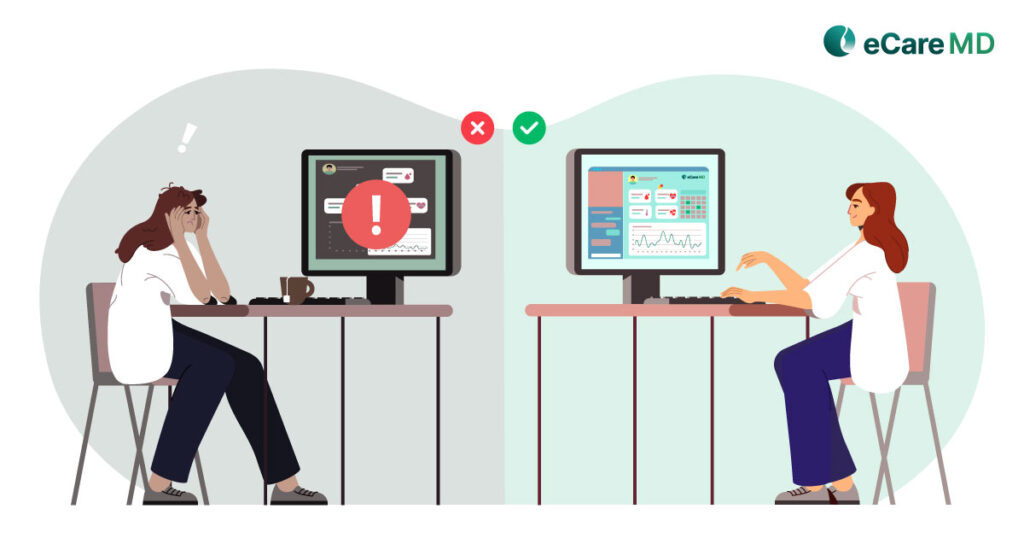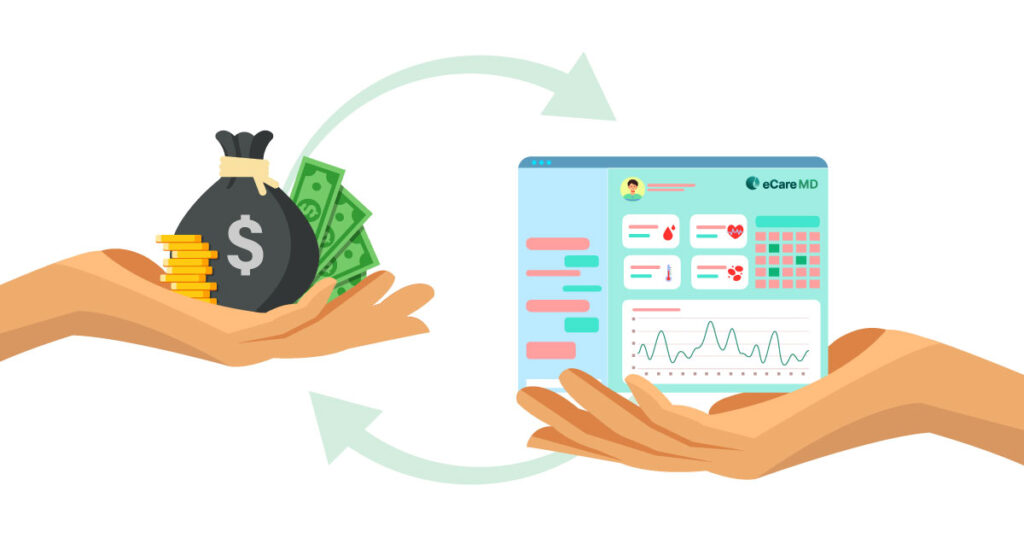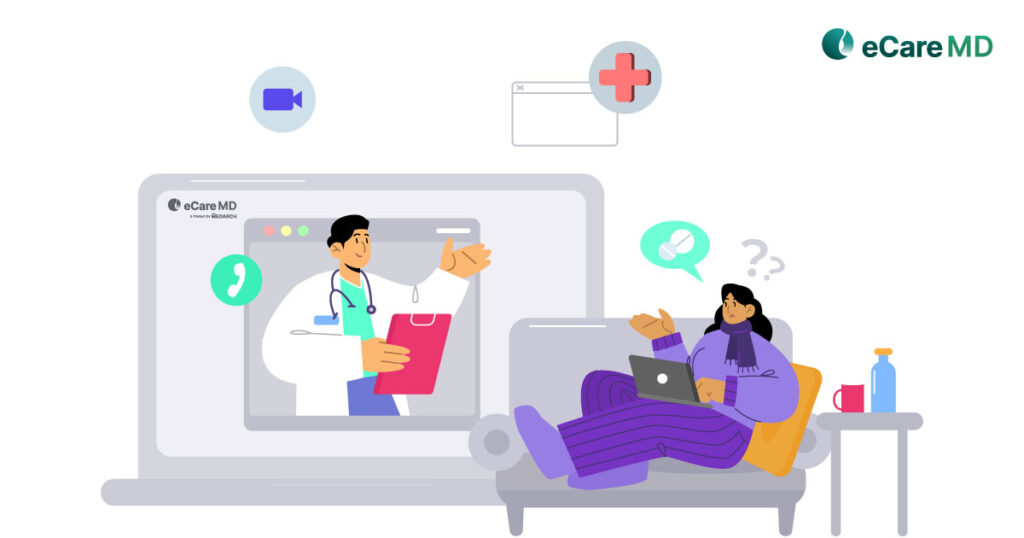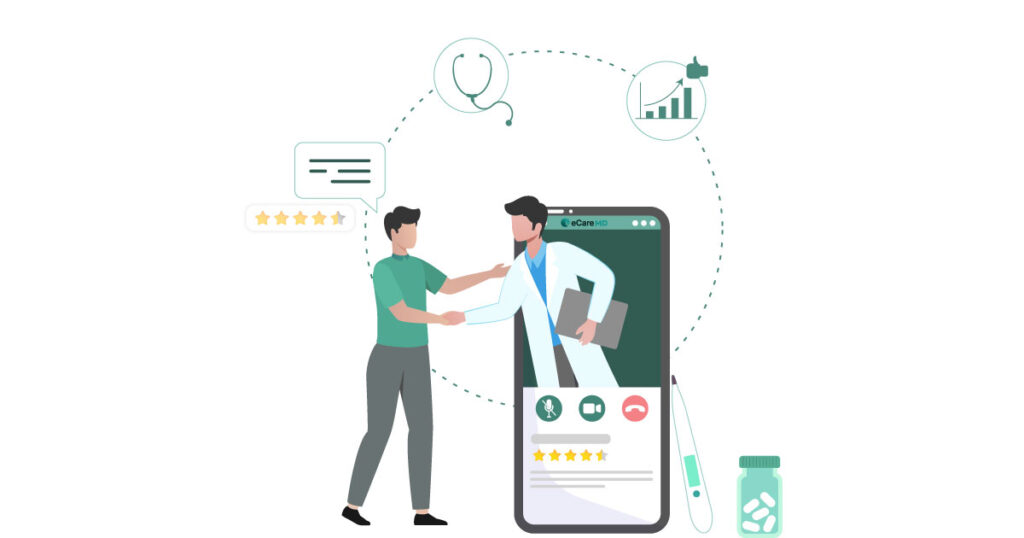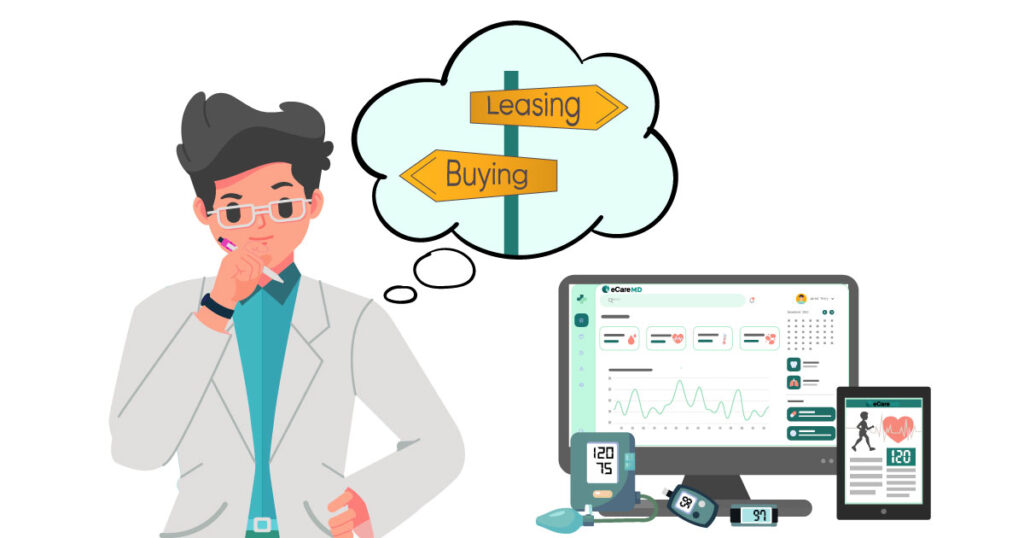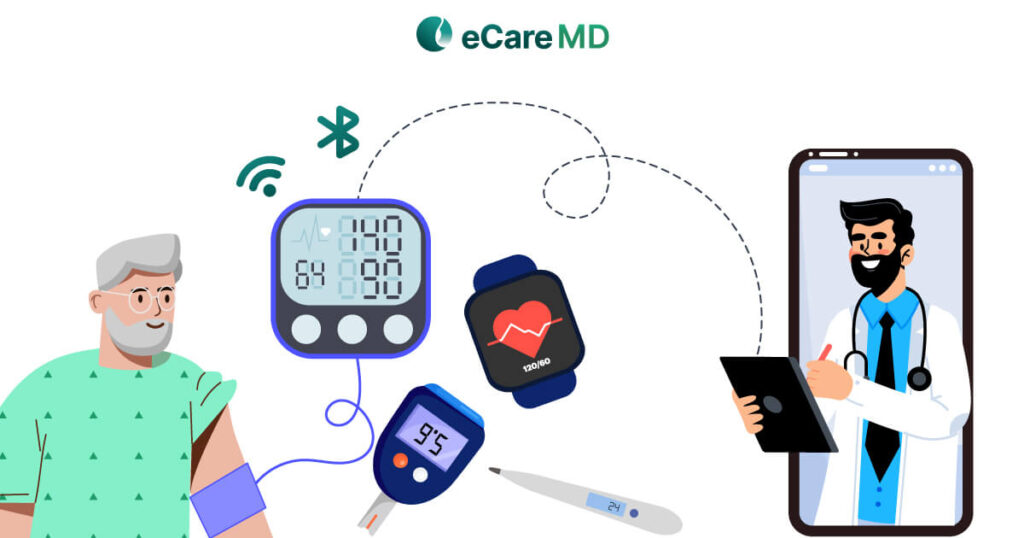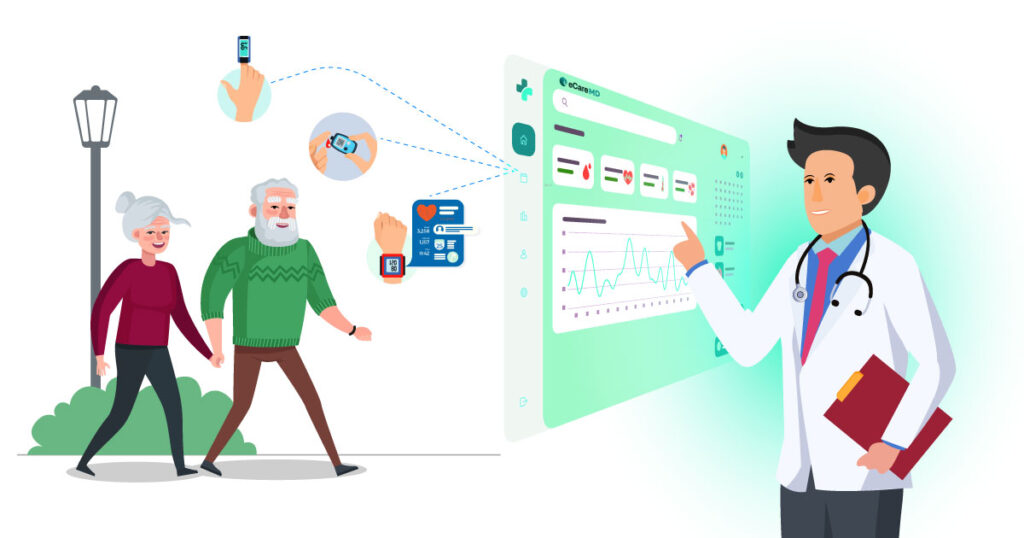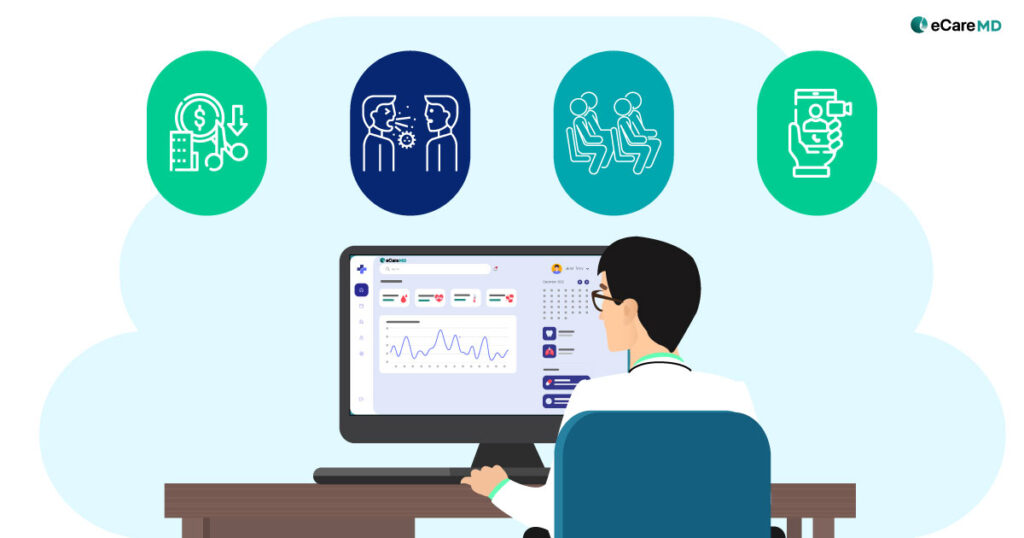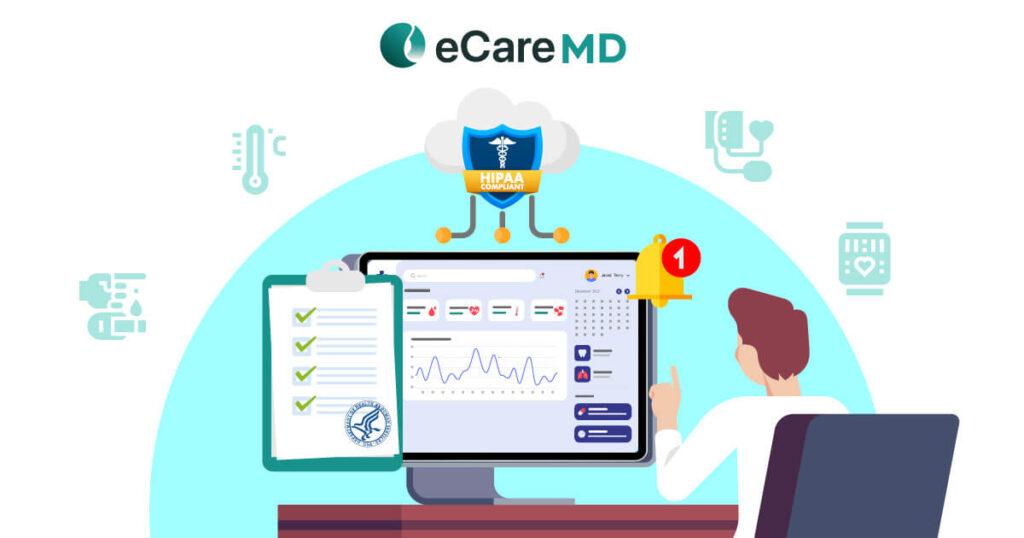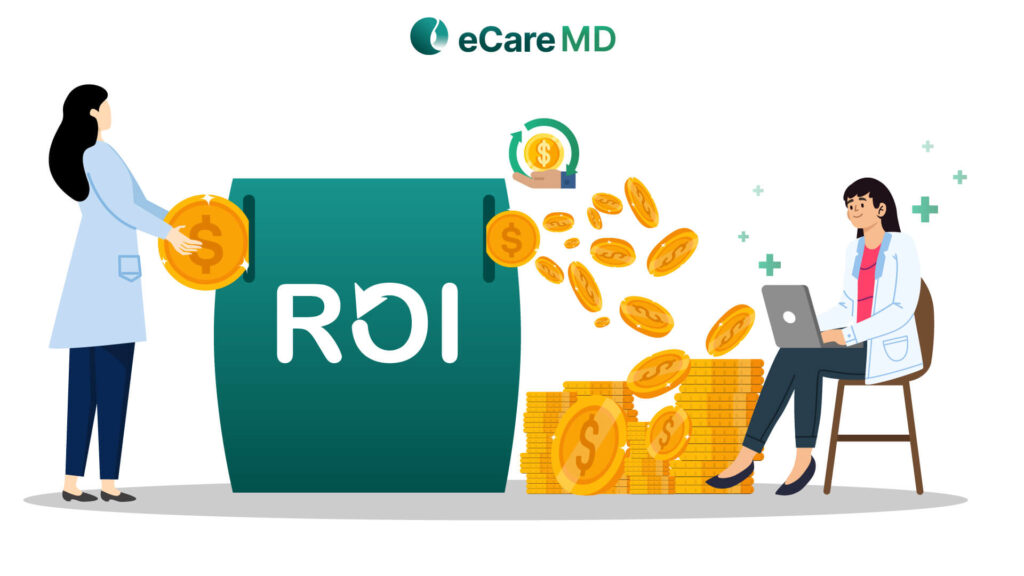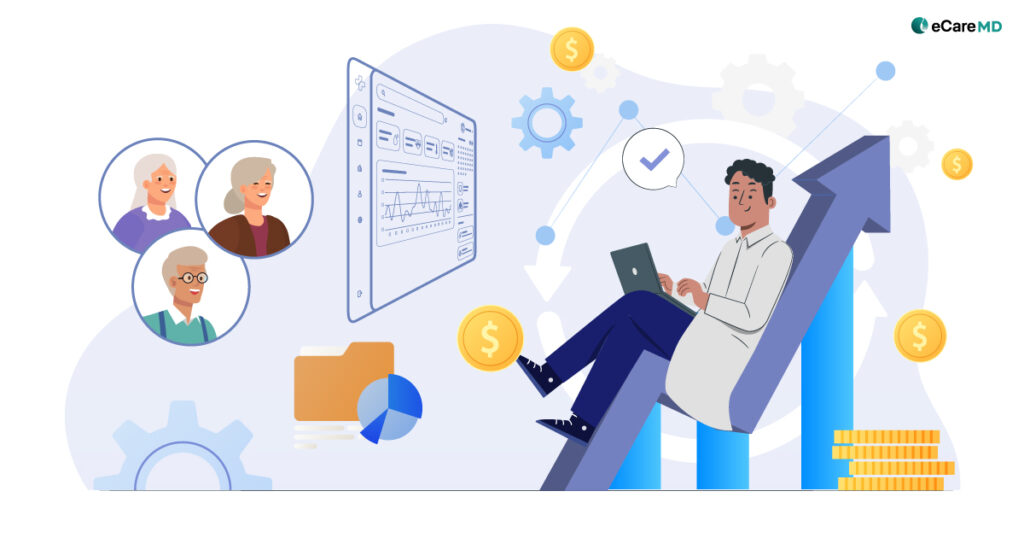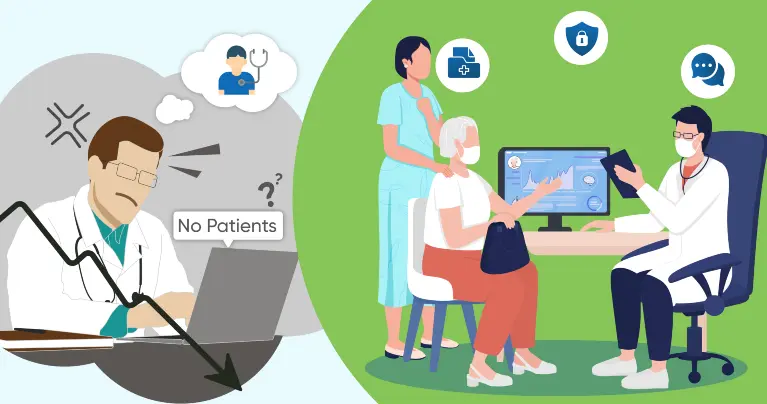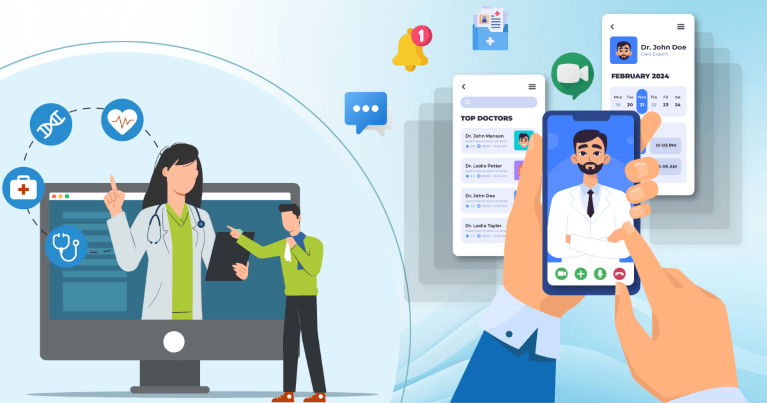Although a relatively new program, it has effectively bridged the care gap for patients with a single high-risk chronic condition such as diabetes and asthma. Moreover, it plays a crucial role in improving patient outcomes and streamlining provider care coordination. However, managing and coordinating with a large patient base can be tiring and increase the chances of errors and oversight.
This is where principal care management software helps providers like you manage and improve coordination with patients and providers. Moreover, it can benefit small practices by saving time from manual and repetitive tasks such as appointment scheduling. However, when implementing PCM software, these practices are hindered by the high cost and other resource constraints.
Well, let’s get answers to these questions in this blog and find out how effective low-cost software can be for PCM!
When it comes to buying anything, the first thing you look at is its price, this is also true for the PCM software. But before buying care management software, be it low-cost, you must know that the tag price is not the final price of the software. There are several components that decide the final price, such as the implementation cost, the training and support cost, and the total cost of ownership.
So, you need to pay close attention to every cost mentioned by the service provider to avoid any hidden costs in the future. Moreover, these costs are not fixed as they vary according to your needs and the size of your healthcare organization. If you are a large healthcare organization, your needs and requirements will be different, and this will add to the software costs and vice versa.
Furthermore, the more complex the software, the higher the price. So, if you only require basic functions like appointment scheduling, EHR, and telehealth, then you will need to spend less. But, if you are thinking of adding AI and machine learning to the mix, then the price will increase accordingly.
So, it is important to consider your needs and the size of your practice before investing in PCM software. This is crucial because even if the cost is lower at the start, it will increase as your needs and practice grow over time. This is why you should be careful and choose the principal care management software that can fulfill your needs and will give you a clear understanding of long-term costs.
When people think of low-cost principal care management software, it is usually associated with more disadvantages than advantages, but it also offers quite lucrative benefits. This is especially true for the smaller and still growing practices as they get the means to manage their practice and deliver chronic care more efficiently and effectively.
The software offers secure communication channels like secure messaging and video conferences, which help providers involved in the treatment be on the same page. This reduces the chances of delayed treatment and repeated tests, saving time and money for patients and providers. Additionally, with educational resources and features like patient portals and automated reminders, patient engagement increases, improving treatment adherence and their health outcomes in turn.
Moreover, key features like automated scheduling and real-time monitoring can also be integrated into low-cost principal care management solutions, making them incredibly effective. With such advantages, these principal care management software for small clinics can improve efficiency and reduce the workload of providers.
So, you have to consider these advantages when deciding on the PCM software. But every coin has two sides, which means that, like benefits, it also has limitations. Let’s look at the limitations of low-cost PCM software.
Although the low-cost principal care management software offers quite lucrative benefits, it also comes with its limitations. The first one is its limited functionality, as it may not have several features that your practice needs, reducing its functionality.
In addition to this, a lack of seamless integration with your existing systems can lead to data isolation and inefficient workflows, leading to increased workload. Moreover, when it comes to customer support, it falls quite short of what is needed in software healthcare. This inadequate support creates challenges when it comes to solving troubleshooting issues and can disrupt your care delivery.
These limitations can ultimately impact the quality of patient care and hinder the overall success of your PCM implementation. To mitigate these challenges, focus on selecting solutions that prioritize essential features and consider leveraging cloud-based platforms, which typically offer better integration and scalability. Being strategic in your approach can help you overcome these hurdles and ensure that your PCM system works as hard as you do.
When it comes to low-cost PCM software, there is no one software, as it varies with the factors you choose and your budget. The practicality or the ability to get the work done efficiently varies depending on the price, the technical expertise of the team, and the diversity of the patient population.
Let’s take an example to understand this better when a smaller practice with limited funds can work with an affordable solution. This is because they can have a small patient base and do not need high-end software. In contrast, a bigger practice will require more robust software that can handle a diverse and larger patient base effectively and efficiently.
So, to make the right choice for your practice, consider a simple selection format. Begin with a thorough needs assessment by engaging with your staff, examining your workflow, and identifying the features that are truly essential for managing your high-risk patients. This groundwork will help you pinpoint the budget principal care management software that aligns best with your organization’s goals and resources.
When you hit the market to decide on the PCM software, you need to keep in mind all the above points. These will help you in deciding the right software for your organization and get the best out of your investment. So, you need to plan carefully, decide what your needs are, and keep long-term benefits in the center while deciding.
Moreover, choose a service provider or vendor that has a proven track record and expertise in the field. Enquiring about their reputation before deciding can save you money and time. Additionally, before finalizing on a single vendor, request demos and trials. This will give you an understanding of how the software functions and what you will get.
Additionally, while deciding the terms, also ask for ongoing support and maintenance, and don’t hesitate to negotiate. Always remember, although budget is the main factor, feasibility, and long-term benefits are also important in making decisions.
Taking the time to compare all the available options ensures that you won’t be caught off guard by hidden costs and unexpected issues in the future. So, thorough research and clear communication can secure you a PCM software that not only fits your budget but also enhances your care delivery.
